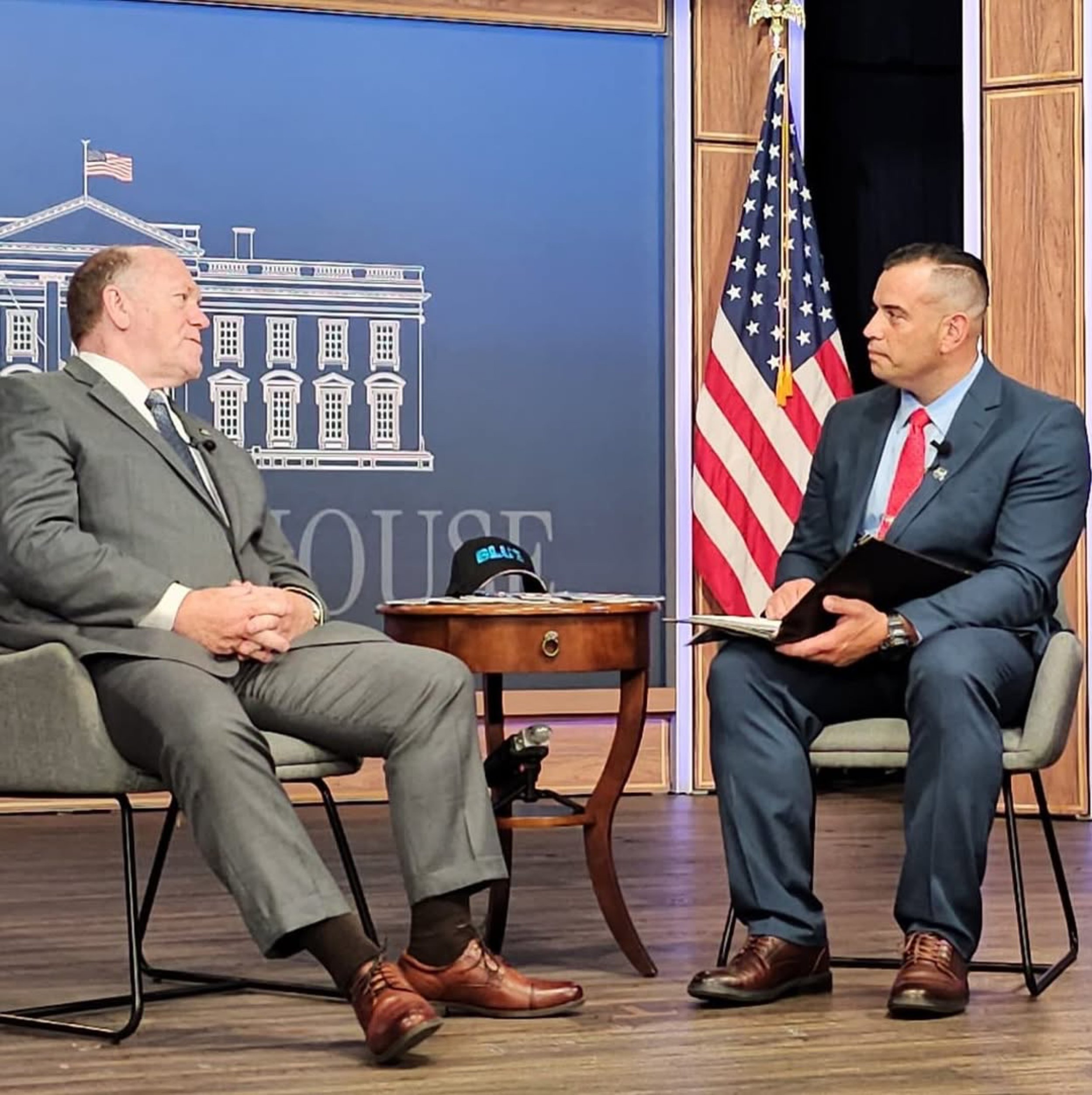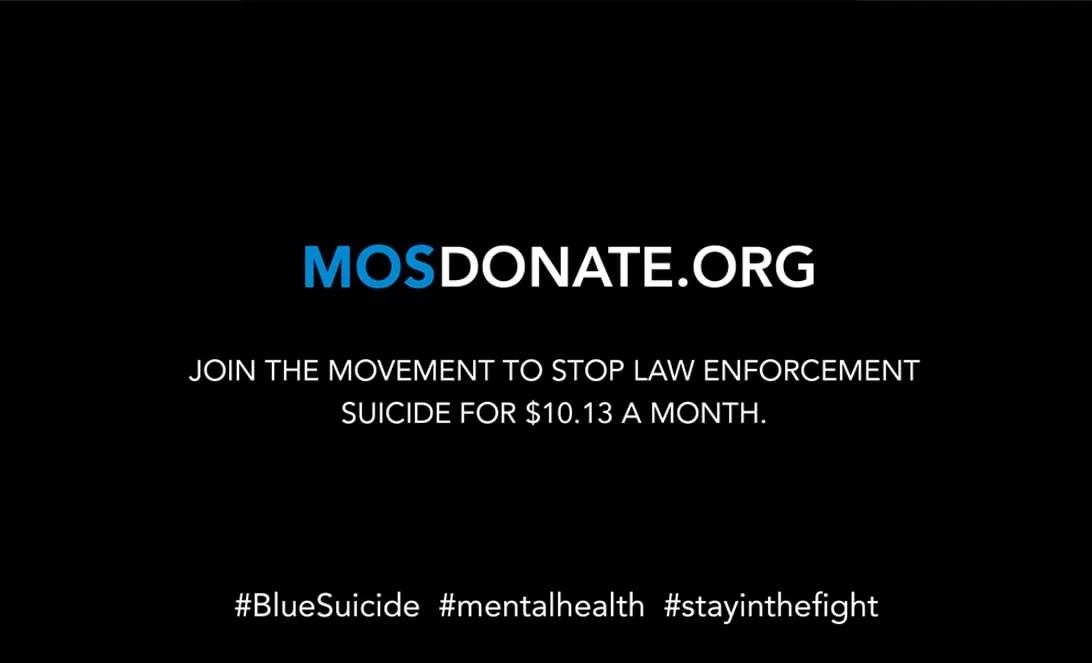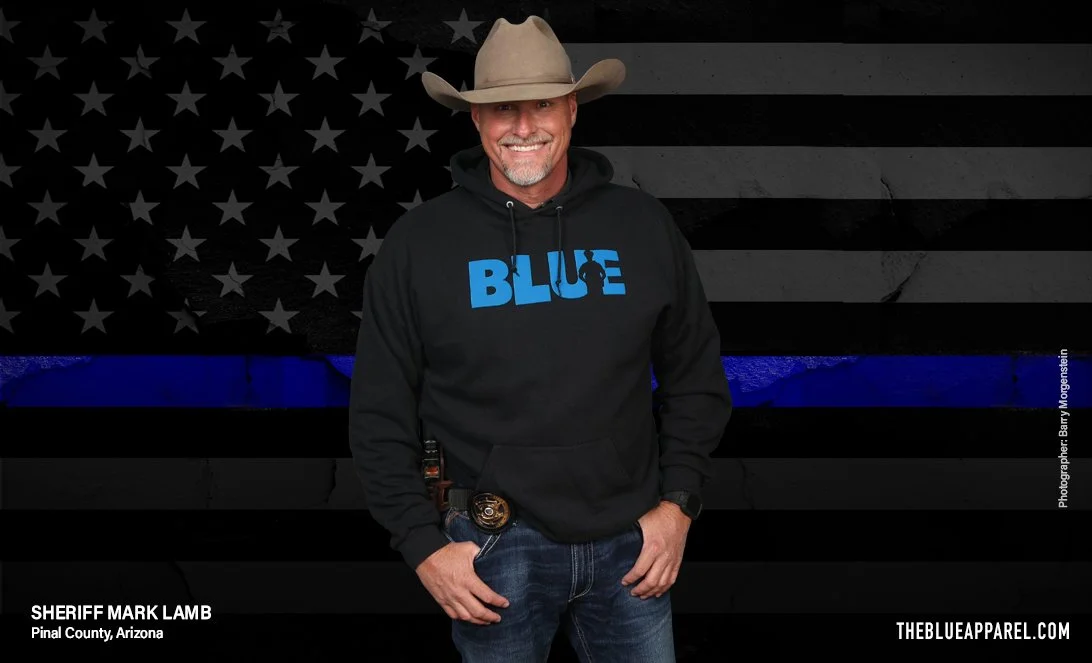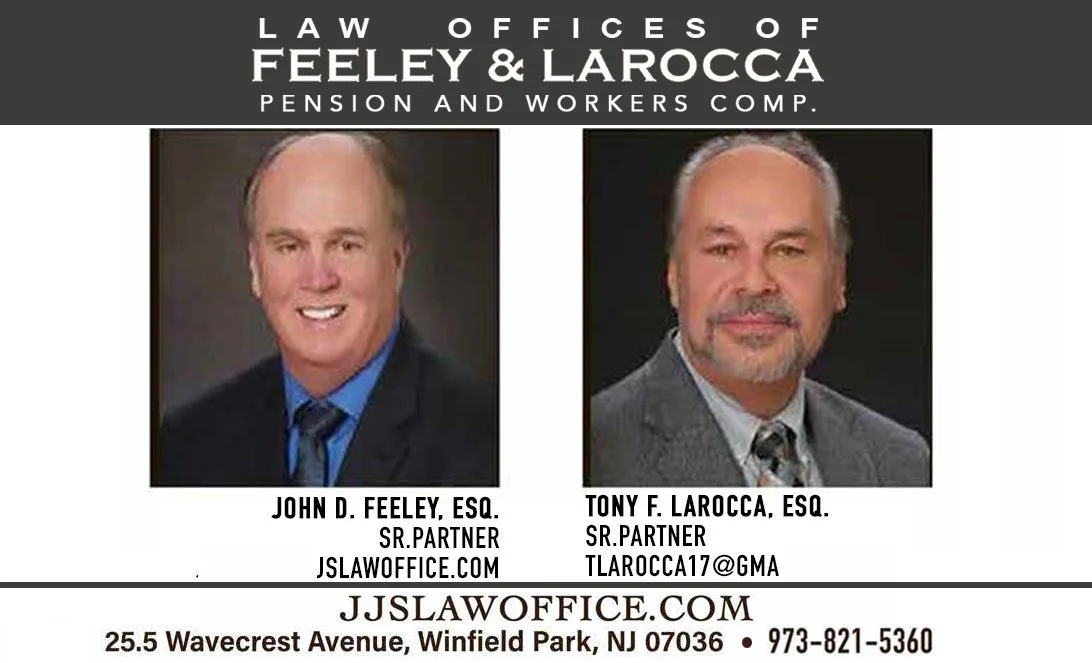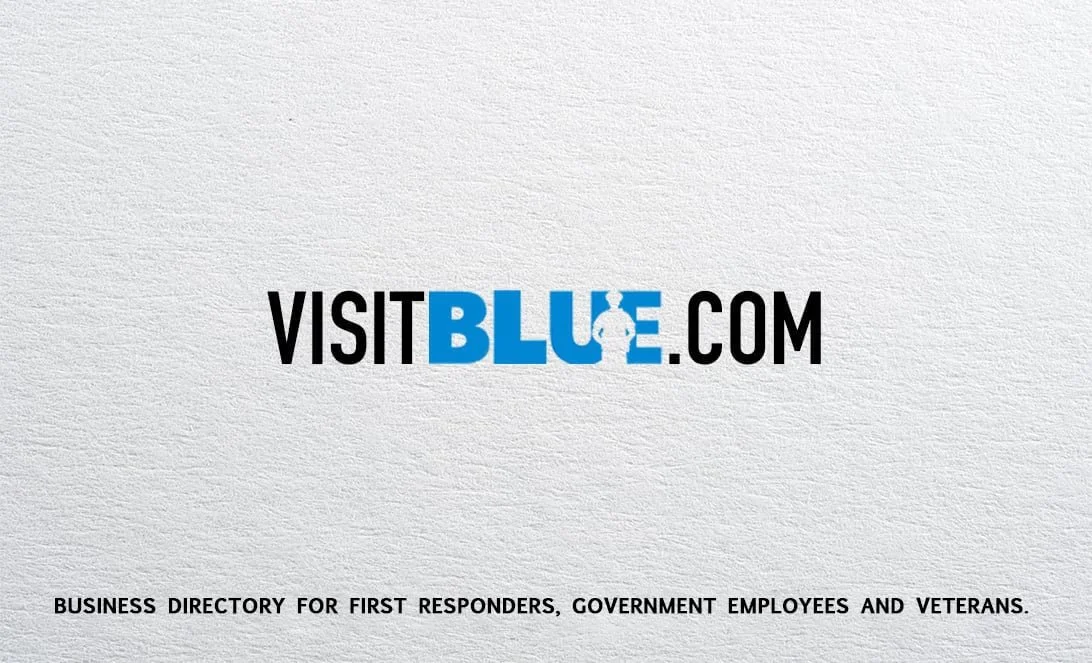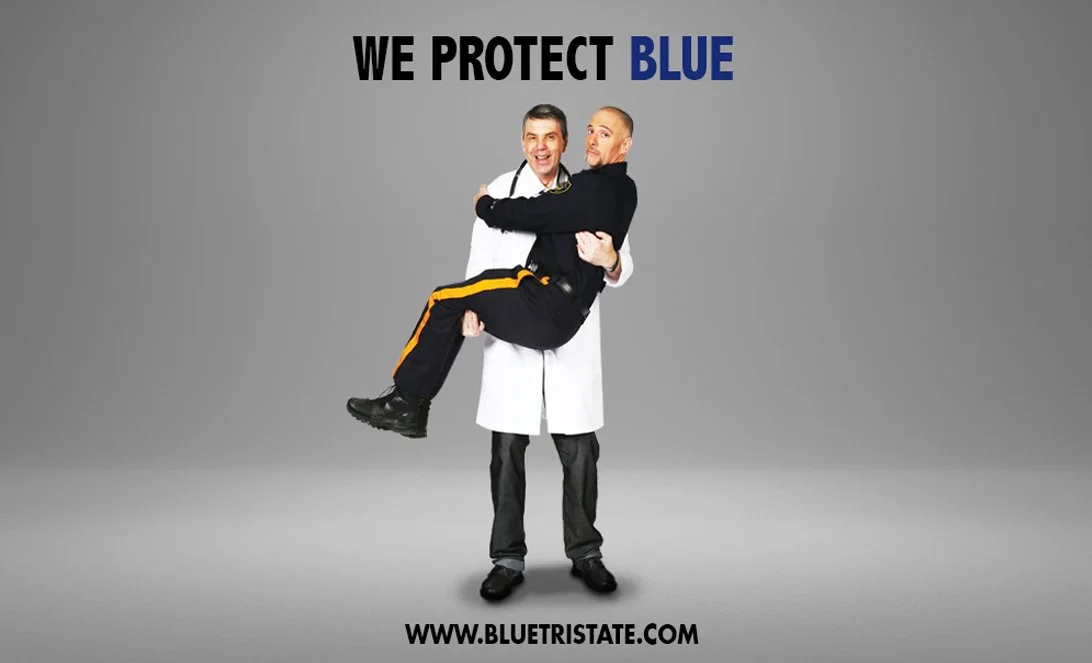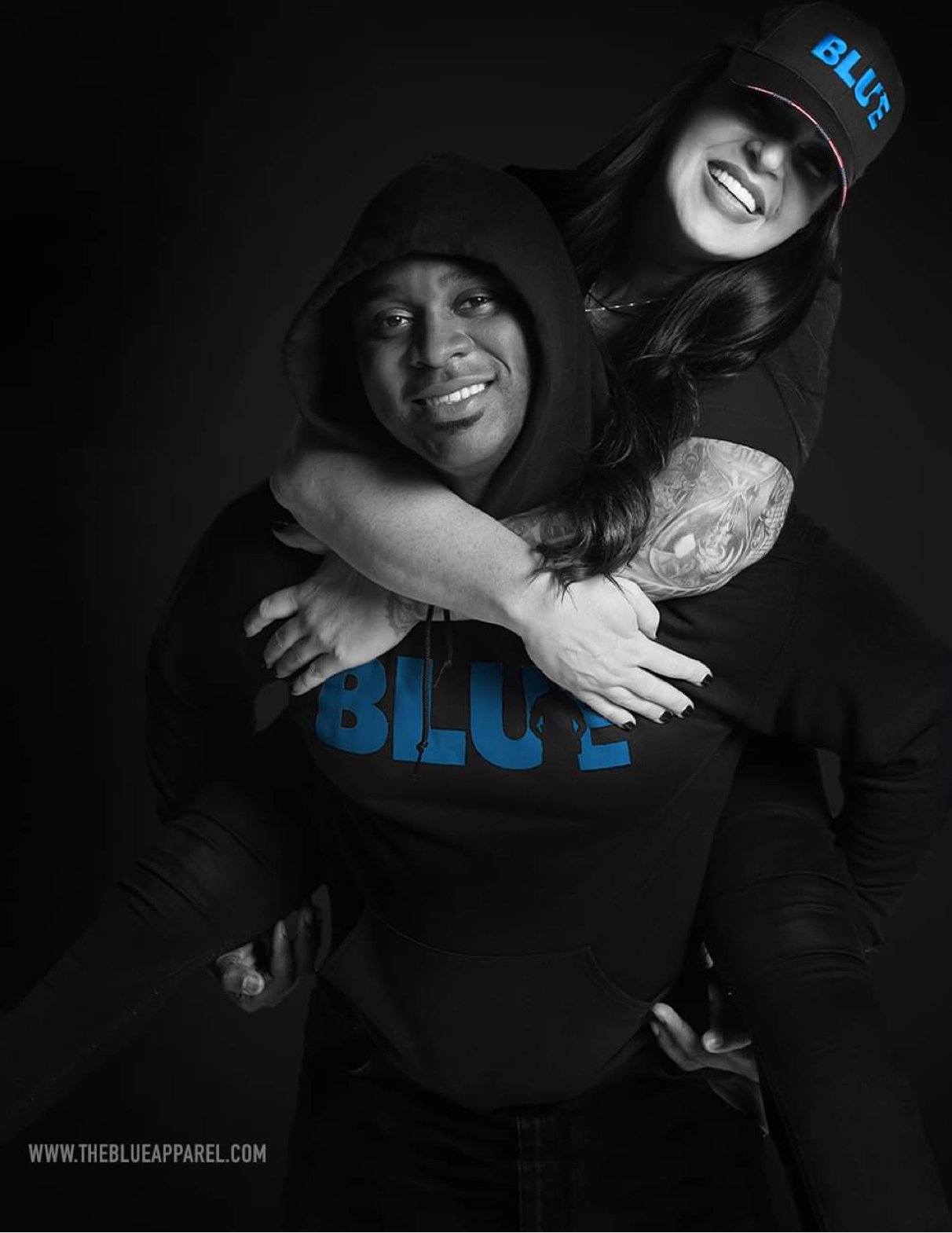COVER STORY: EXCLUSIVE WHITE HOUSE INTERVIEW - At the White House with U.S. Border Czar Tom Homan
/EXCLUSIVE WHITE HOUSE INTERVIEW: At the White House with Tom Homan — The Border Czar Who Never Backed Down
Inside his mission, his message, and the movement to protect America’s borders.
By George Beck, Steve Olimpio & Jordan Beck
The Blue Magazine
Inside the West Wing, just steps from the Oval Office, Tom Homan moves with the same urgency he carried decades ago as a Border Patrol agent. His handshake is firm, his tone direct, and his message unmistakable: Securing America’s borders isn’t about politics — it’s about saving lives.
For more than forty years, Homan has stood on the front lines of law enforcement and immigration. From patrolling the U.S.–Mexico border in the 1980s to serving today as Border Czar under President Donald J. Trump, his career has been marked by persistence, discipline and conviction.
“I’m not just running an agency anymore,” he told The Blue Magazine in an exclusive White House interview. “Now I help define strategic policy that drives our national security.”
That policy, he says, is working. Under the Trump Administration, illegal crossings have fallen to levels unseen in modern history. “We went from more than 15,000 illegal crossings a day to 82,” Homan noted. “That’s not luck — that’s leadership, and that’s law enforcement doing its job.”
Homan’s story began far from Washington. He started his career in upstate New York as a small-town police officer with a dream of federal service. A chance encounter while fishing led him to take the Border Patrol exam — and to a lifetime enforcing the laws of a nation he deeply believes in.
He often reminds young officers: “You can’t demand respect — you earn it. I’ve seen people try to demand it without earning it, and it never works. I never forgot where I came from.”
In Washington, Homan relies on data, not politics. “Every morning I look at the numbers,” he said. “Roughly 70 percent of the people we arrest are criminals. The rest could be national-security threats — gang members, fugitives or people ignoring lawful removal orders.”
He rejects the idea that immigration enforcement should be softened or politicized. “We’ve got fewer than 5,000 deportation officers nationwide,” he explained. “We have to prioritize the worst of the worst — but that doesn’t mean we ignore everyone else. If you’re in this country illegally, it’s not OK. And if we find you during operations, you’re going to face the law.”
Homan is equally quick to defend those who wear the badge. “ICE officers are mothers and fathers. They’re not monsters,” he said. “They put on a vest every day to protect this country, and they deserve respect — not hatred.”
For years, misinformation has fueled unnecessary division — and even hostility — toward federal officers. “It’s all lies,” he said. “We’re transparent about what we do. The more we tell the truth, the more people see that secure borders save lives.”
“Secure borders save lives. That’s not politics. That’s reality.”
Behind that statement lies the human cost he’s witnessed. “I’ve seen dead children. I’ve talked to young girls who were trafficked and raped. I’ve seen the worst humanity has to offer. So when I say secure borders save lives — it’s not a slogan. It’s a fact.”
Even among critics, Homan is respected for his steadiness and refusal to back down. He speaks his mind, often bluntly, and doesn’t apologize for it. “I’m not running a popularity contest,” he said. “I tell the truth. And if that makes people uncomfortable, so be it.”
His candor once made headlines after Pope Francis criticized U.S. border policy. Homan replied, “With all due respect, the pope lives behind walls — he should worry about his church before judging ours.”
Despite his tough image, Homan describes himself as a family man who values his wife and two sons above all. “They’ve sacrificed as much as I have,” he said. “They deal with the hate, the travel, the pressure — but they understand why I do it.”
When asked about working directly with President Trump, his response was immediate: “He’s the greatest president of my lifetime. No one has done more to secure the border or support law enforcement.”
By contrast, Homan has been outspoken about the Biden Administration’s approach to immigration. “We went from control to chaos,” he said. “Since the change in policy, the cartels have been thriving again — and it didn’t have to be this way. You can’t stop enforcing the law and expect safety; it doesn’t work like that.”
For The Blue Magazine, the interview with Tom Homan marked a milestone — the first time in the publication’s sixteen-year history that its team stepped inside the White House. It was a proud day for American law-enforcement media and for everyone behind The Blue Magazine. The publication extends gratitude to President Trump, his administration and every member of his cabinet who continues to protect and serve this nation with honor.
The interview was conducted by senior journalist George Beck, alongside Steve Olimpio and youth correspondent Jordan Beck. Special acknowledgment goes to Holly Finley, Rick Vanderclock, Christian Bonilla, Eddie Yegan, Alyssa Del Valle, and Catherine Angel, whose dedication behind the scenes made this White House interview possible. Together with Editor-in-Chief Joel Gordon, they represent the teamwork and trust that define The Blue Magazine.
For Homan, relationships matter — especially with those who share his commitment to service. His friendship with The Blue Magazine dates back more than seven years, introduced by our late mentor and top advisor Commissioner Bernard B. Kerik — the former NYPD Commissioner and 9/11 hero who helped guide and strengthen the magazine’s mission from its earliest years.
Kerik, a lifelong supporter of law enforcement, believed deeply in Homan’s integrity and mission. “Bernie always said Tom was a ‘cop’s cop’ — and a man who loves this country,” recalls The Blue Magazine. “And he was right.”
As the interview drew to a close, Homan reflected on what drives him after decades in service. “I just want to leave this country safer than I found it,” he said quietly. “That’s how I’ll measure whether I did my job.”
Over the years, The Blue Magazine has interviewed many national figures, but Tom Homan stands apart — not because of his title, but because of his character. Behind closed doors, he’s as genuine and grounded as they come. In a world that often rewards pretenders, Homan is the real thing: a man who never forgot where he came from and never stopped fighting for what’s right.
The Blue Magazine is proud to call him a friend — and proud to stand beside him in the mission of serving those who serve.
— Daniel Del Valle
Founder & Publisher, The Blue Magazine


